

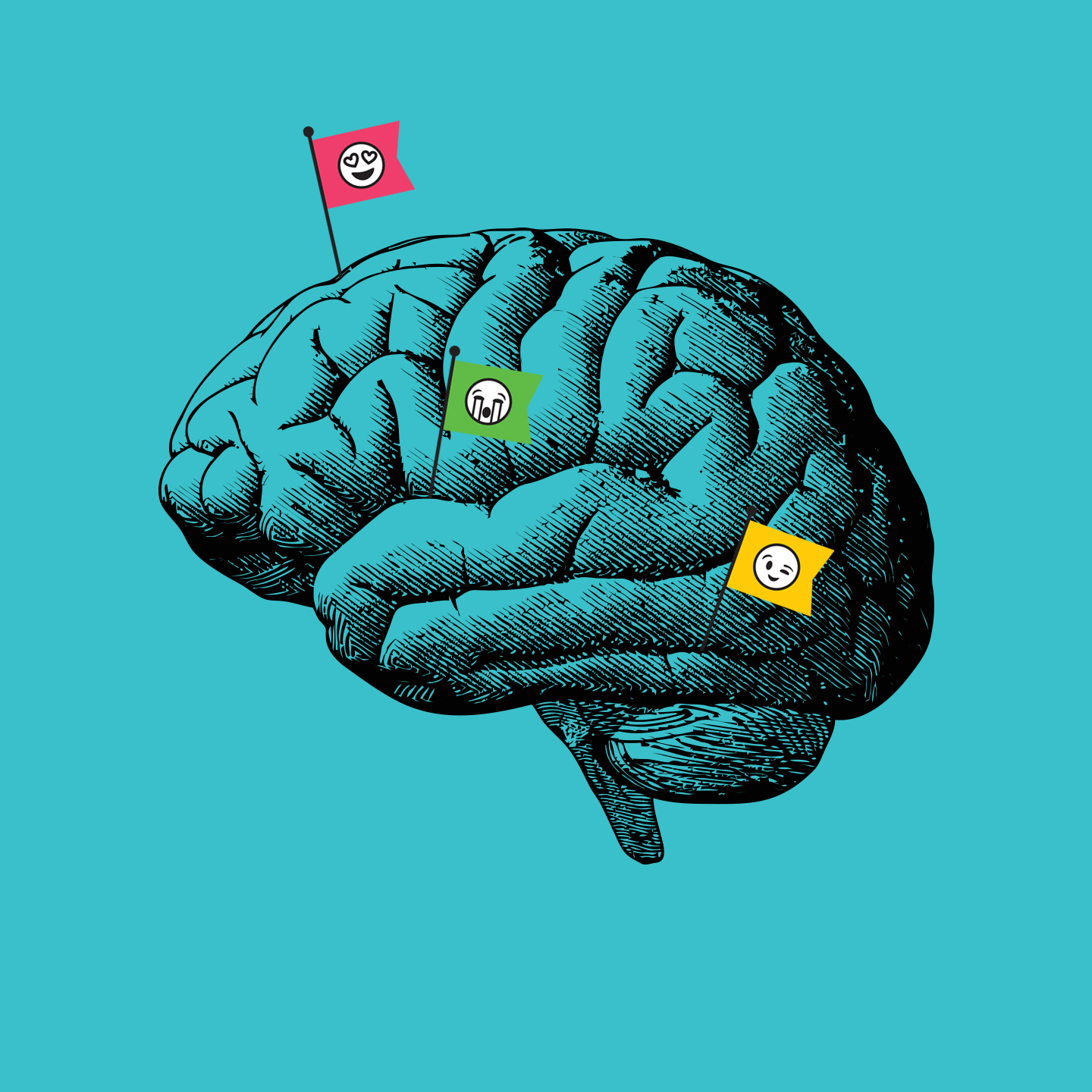
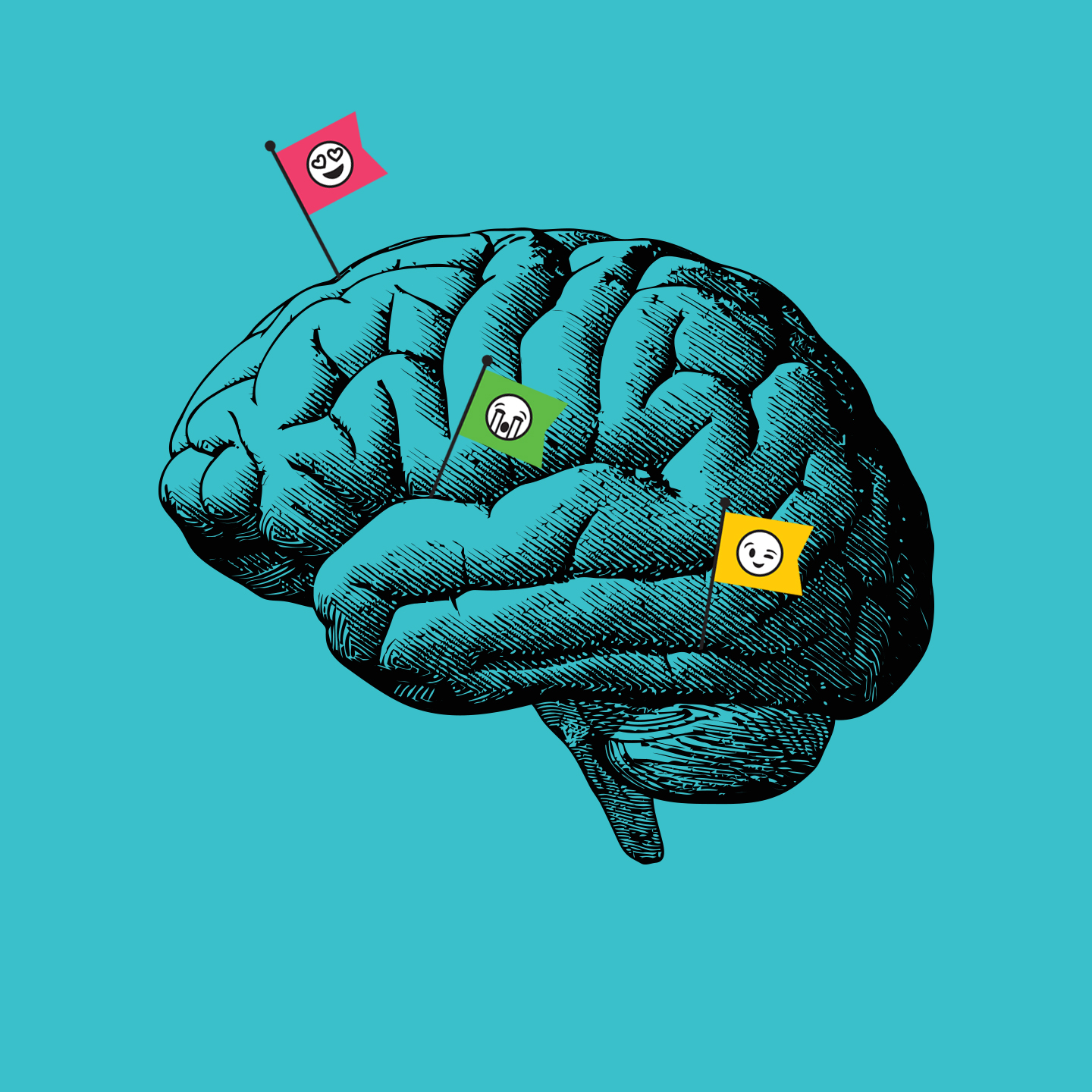
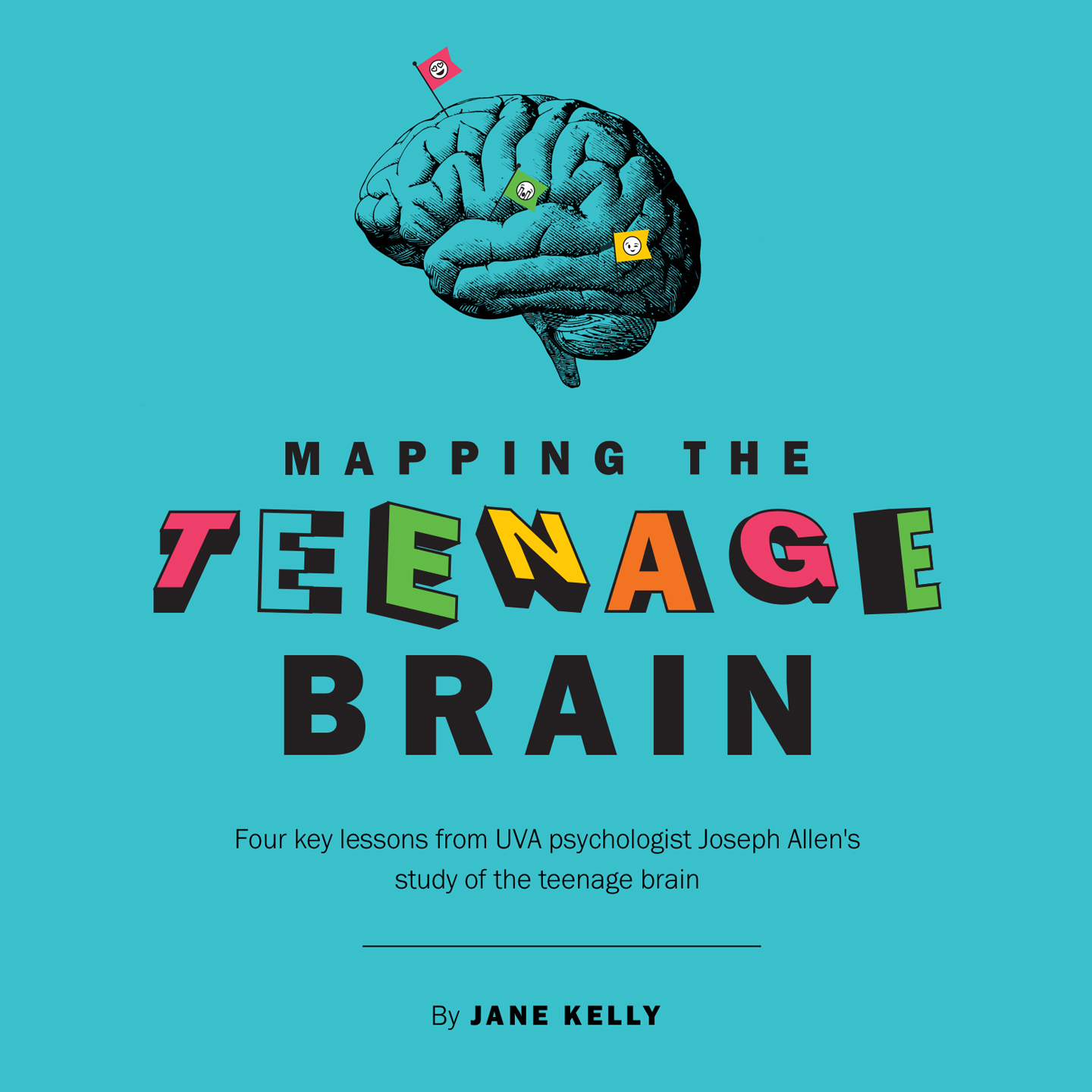
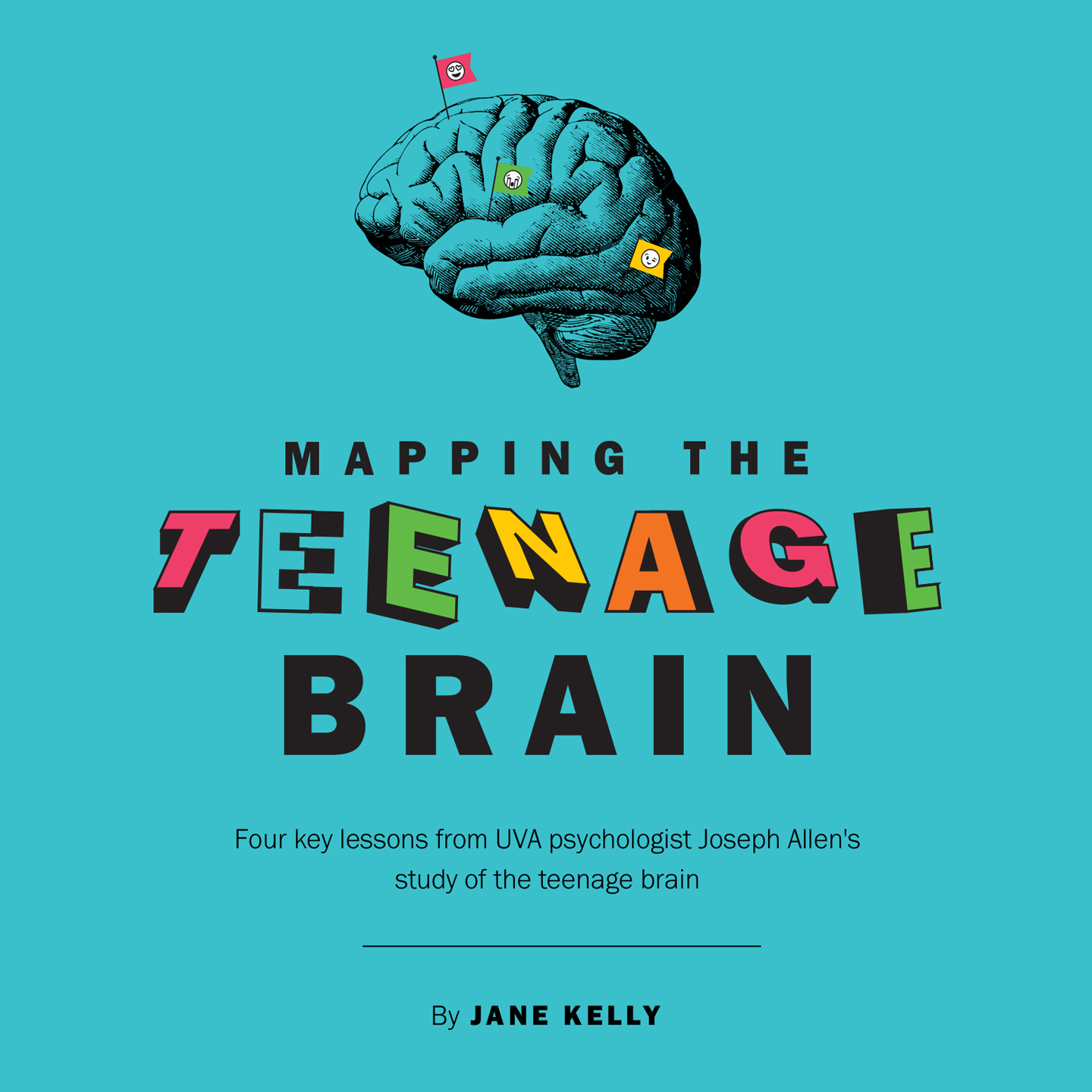


 he hit teen movie “Twilight” saw protagonist Bella Swan fall for vampire Edward Cullen and get swept up in a do-or-die clash between Cullen and a rival vampire who was set on hunting Swan down.
he hit teen movie “Twilight” saw protagonist Bella Swan fall for vampire Edward Cullen and get swept up in a do-or-die clash between Cullen and a rival vampire who was set on hunting Swan down.
In the movie, Swan, played by Kristen Stewart, seemed destined to fall into an unhealthy relationship with a demon who could potentially kill her in part because she was a bit of loner, alienated from her community. “I’d rather die than to stay away from you,” she says famously to her blood-sucking paramour in the hit movie.
But what if Bella had a best friend? Might that have saved her from committing to Cullen and turning into a vampire?
Psychology says “yes.”
No, really.
Research at the University of Virginia has found that close teenage friendships, especially same-gender peer relationships, are a great proving ground for young people to practice with intimacy and negotiating differences.
In fact, those healthy teen relationships are a great predictor of strong romantic pairings in adulthood.
“Having a best friend gives a teen a degree of security that lets them manage the very tumultuous world of romantic relationships with more confidence, so they are less likely to fall into some of the traps that exist in Bella’s world,” said psychologist Joseph Allen, the lead investigator in four seminal studies on the social lives of teenagers.
Allen’s work has helped decode the teenage brain and revealed how best friends, social support and stress management in the teen years can set people up to thrive later in life – and that’s just one of the lessons Allen can teach us about teenagers.
Here are four key lessons he has learned.
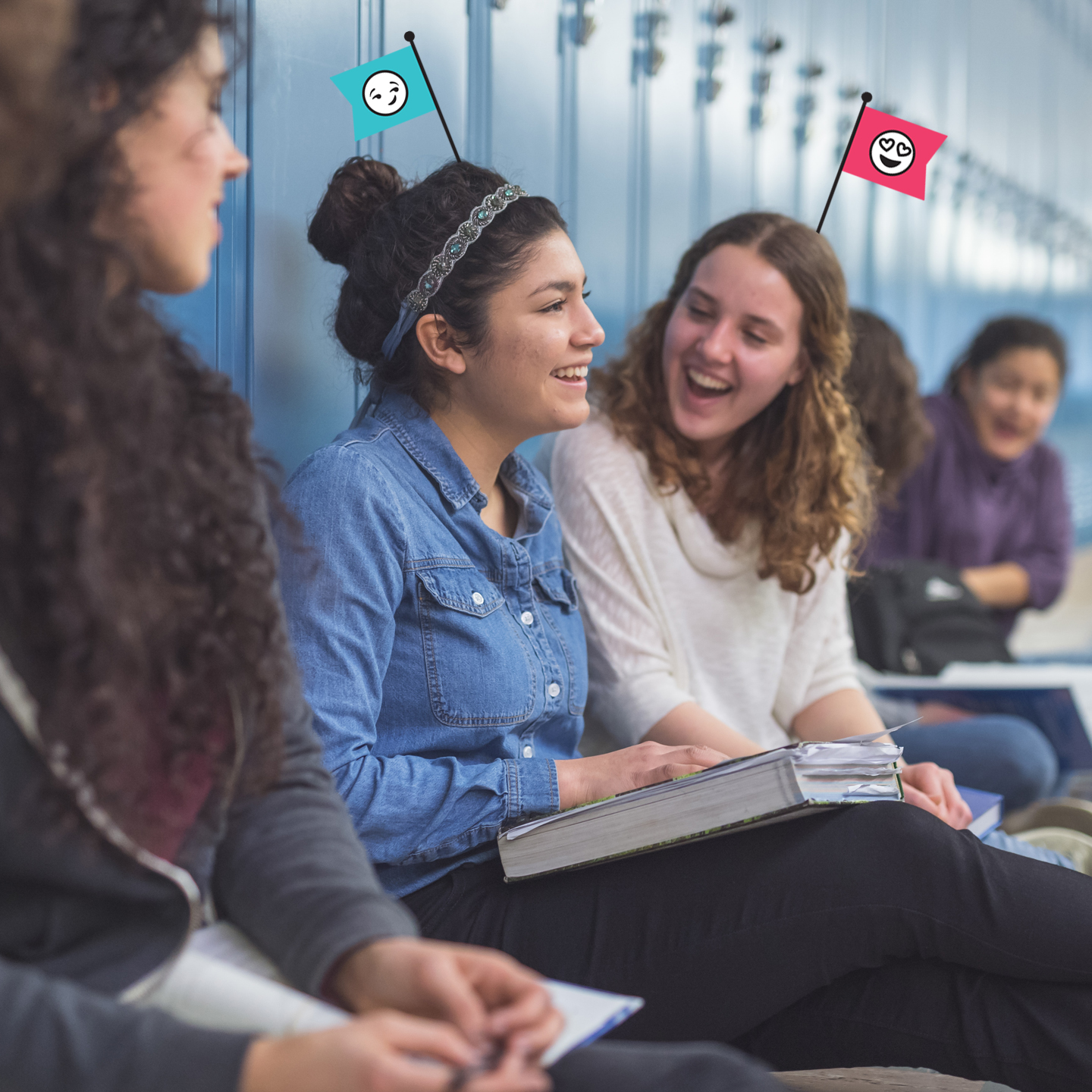




The findings on the benefits of having a best friend come from a 35-year study, the length of which is remarkable in its own right. Allen said he and his team set out to learn what in adolescence would predict healthy adult relationships by their late 20s, when romantic life stabilizes.
Interestingly, Allen said the amount of romantic or sexual experience in teen years did not predict future romantic fulfillment, because those experiences are wholly different from adult relationships. “They are typically very unstable,” he said.
“They are not necessarily based on common interests or long-term commonalities. This means those young relationships are not the best place to learn the skills you will need to be a romantic partner.”
He and his team interviewed and observed 165 racially, ethnically and socioeconomically diverse people aged 13 to 30. They asked about the quality of their social and romantic relationships, as well as assessments by teens’ close friends. When study participants were in their 20s, researchers followed up annually to ask how satisfied they were with their romantic lives.
The study found that progress in key social developmental tasks in adolescence predicted future romantic competence at ages 27 to 30, even though the adolescent tasks were in nonromantic areas.
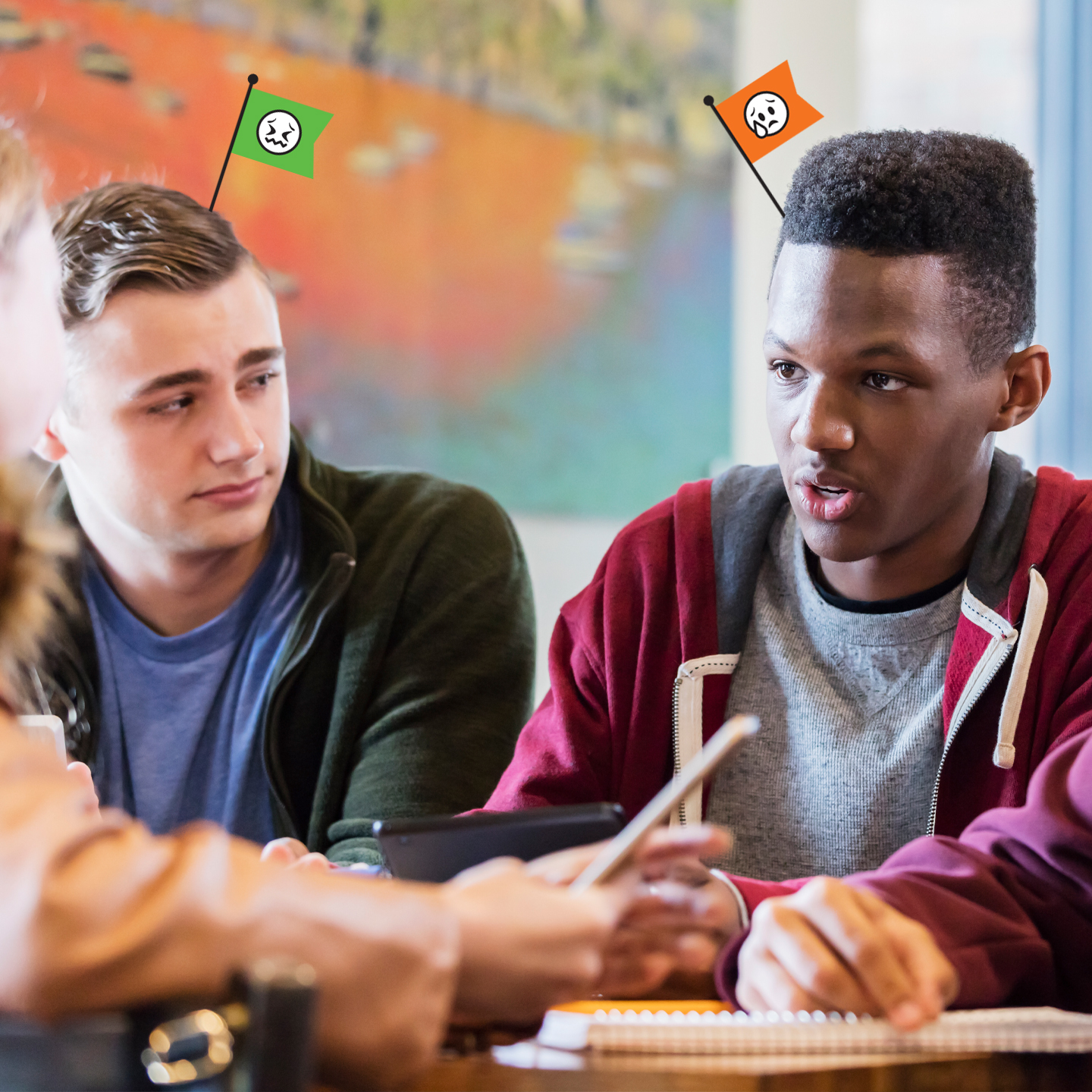
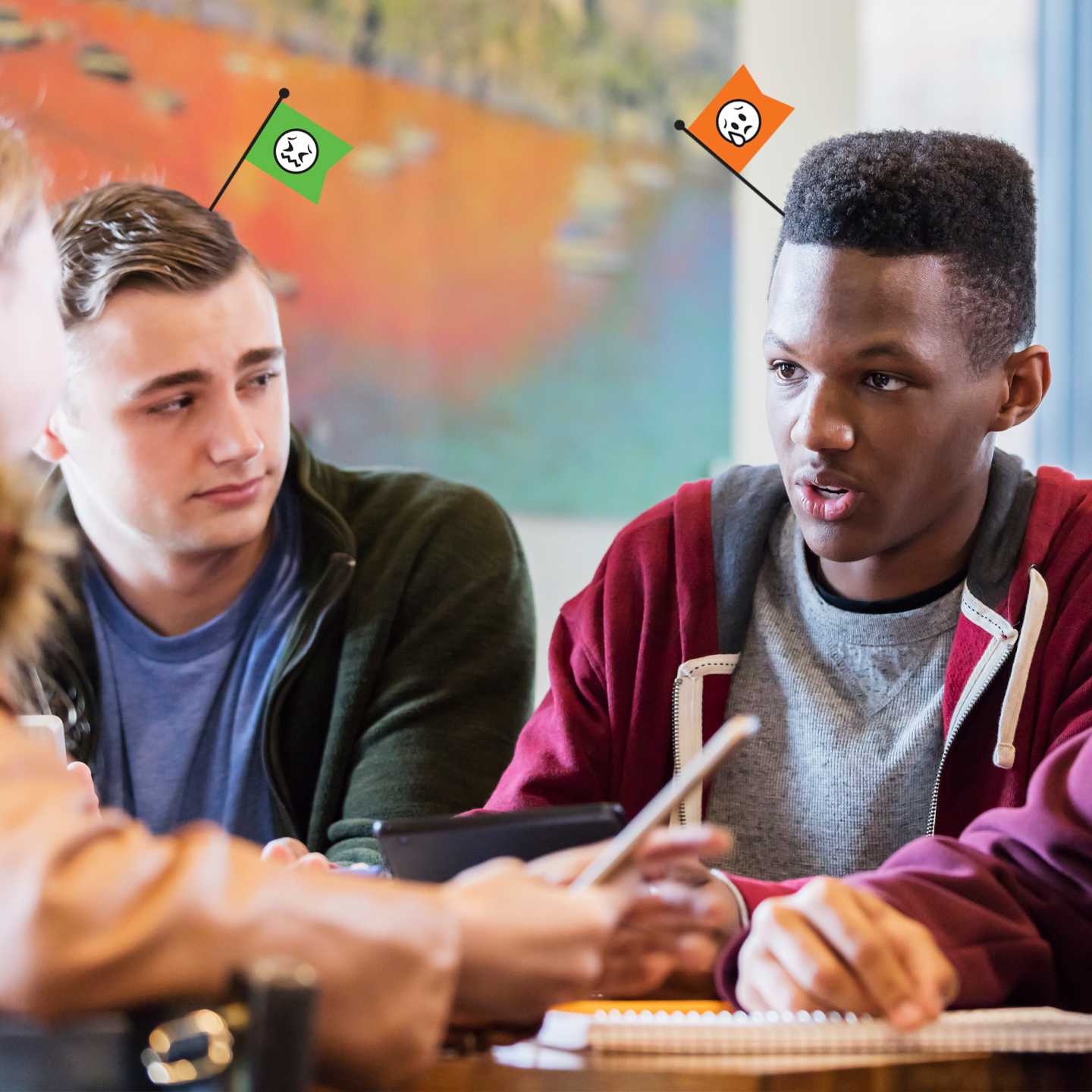



The words “teenager” and “stress” go hand-in-hand. Academic demands, jealousy, and conflicts with friends all fuel emotional or physical tension.
New research from UVA has found that stress may have long-term links to premature aging in adulthood.
Allen’s study, “The Body Remembers,” focuses on interleukin-6, a protein associated with cancerous tumors, arthritis, osteoporosis and a number of other problems associated with aging.
High levels of the substance were found in the bloodstreams of 28-year-olds who experienced chronic social conflict beginning at the early age of 13.
This effect was discerned in a group of 127 Charlottesville middle school students Allen started following in 1998. Researchers asked the students how well they managed conflict and then posed the same question to their peers. The researchers then observed the students interacting with their close friends.
At age 28, blood was drawn from the study participants. Those who had chronic difficulty managing conflict at age 13 had higher levels of interleukin-6 in their bloodstreams.
Allen said he thinks the stress-response system that all humans have is particularly open to influence in adolescence.
“There is a lot changing in the brain. There is a lot changing in terms of hormone development. We think the system is particularly primed in adolescence to be affected by peer relationships.”
This work is continuing today. Allen’s team just got a 10-year grant to follow up with the sample group into their 40s.
“One of the things we know is that significant life stress influences the aging process,” Allen said. “We have good reason to believe, based on this study, that our social stressors are some of the biggest stressors we experience, and that they may actually be as important to how we age as a number of the physical factors that we already know are important – things like obesity and exercise and smoking and such.”

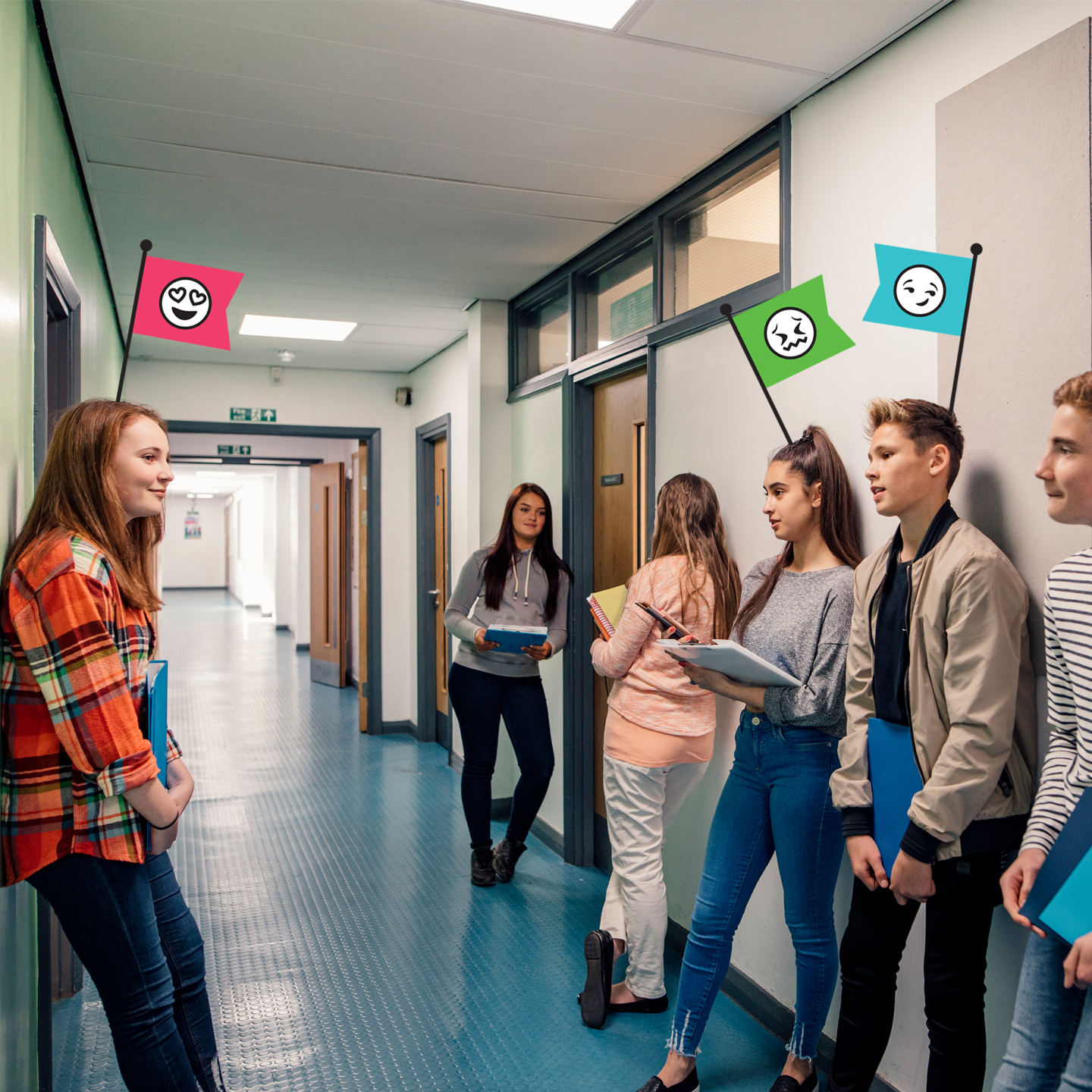



This blockbuster research, published in 2014, still holds true today, Allen said.
Teens who engaged in delinquent activities like drinking and smoking, insisted on hanging out with attractive peers and had romantic relationships at the age of 13 were deemed “cool” by others in their class.
But that assessment is fleeting. By the age of 23, peers viewed the former cool kids to be less competent at managing social relationships. Allen’s study also found they were more likely to have trouble with drugs and alcohol and engage in criminal activities.
The information was gleaned by following 184 teens from age 13 to 23, interviewing them and their peers.
“The cool kids are suffering because we don’t give them enough real ways to be mature and to be grown-up,” Allen said. “It’s not that they are trying to act grown-up too early. It’s that kids used to get meaningful jobs. They could rebuild an engine. And if you go way back, they could help on the farm.”
Allen said meaningful opportunities like those are mostly gone for a lot of kids. “They’re left with sort of the appearance of being mature, and they go after that in a way that turns out ultimately to be pretty self-destructive,” he said.
Kids used to be asked more to help around the house, rather than participate in extracurricular activities. They were babysitting little brothers and sisters more. “There are a lot of parents today who are really hesitant to ask their kids to do very much,” Allen said.
Taken as a whole, Allen’s work, which is supported by undergraduate students at UVA, offers parents a blueprint of how to steward their children so that they can thrive and be successful as they age.
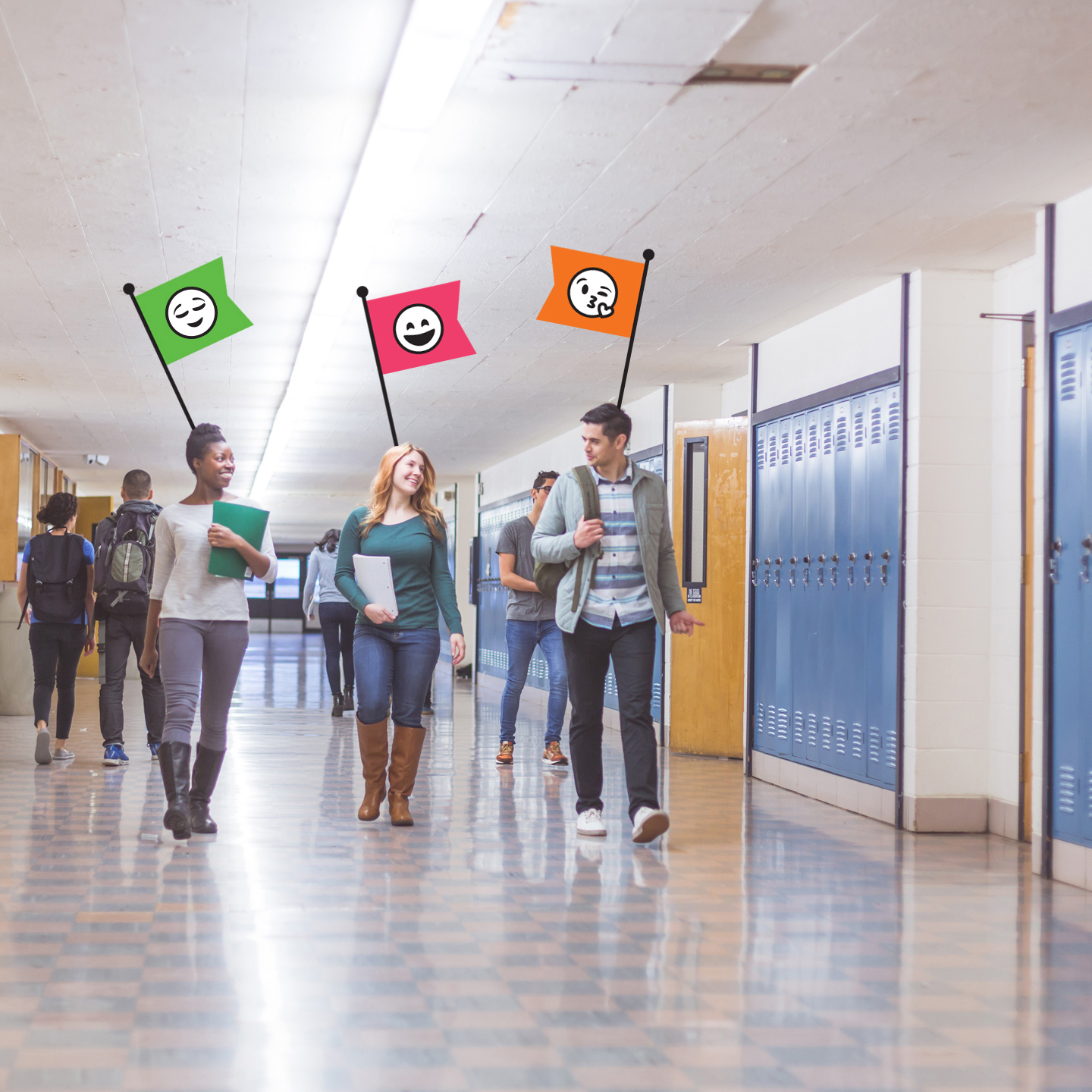
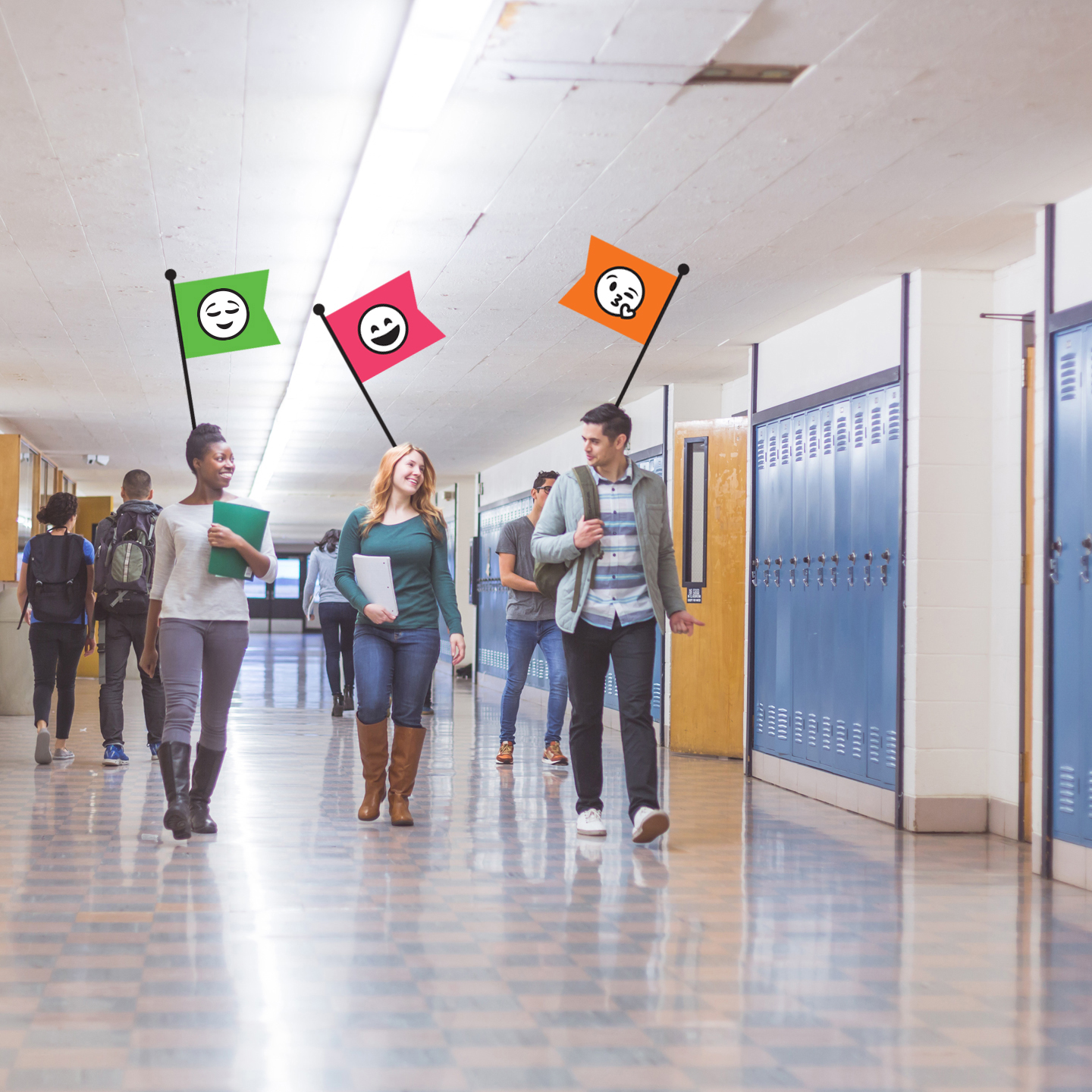


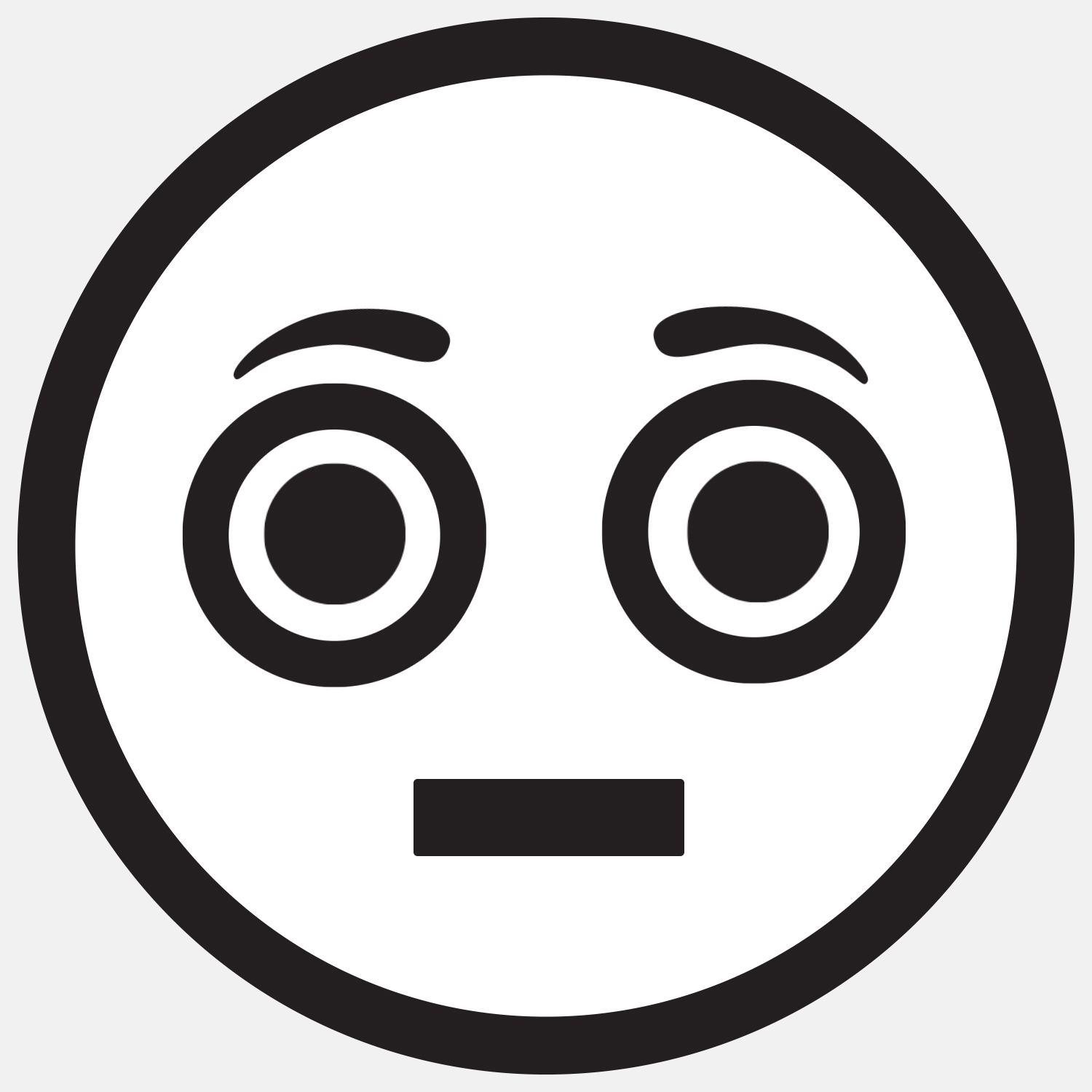
Teen movie “Mean Girls,” written by UVA alumna Tina Fey, is at turns both a funny and devastating depiction of high school cliques. The movie’s main character, transfer student Cady Heron, is thrown into an unknown ecosystem of jocks, nerds, stoners and cool kids. Before she knows it, Heron is taken in by the shallow cool kids, only to be thrown back out of the group when she develops a crush on the former boyfriend of the clique’s alpha female.
From Allen’s perspective, Heron’s troubles started because she had no real guidance on how to navigate high school’s social networks. While things like clubs, athletic teams and theater troupes offer informal settings to create deep bonds, schools don’t offer formal help for teens to create the social scaffolding that supports all of their activities. And minority or impoverished students are at even greater risk of derailing in school.
Allen believes he has created a solution.
In 2013, he and his team set out to decode that experience and systematically bring it into a few schools locally and nationally. The Connection Project is 12 weeks long and fits into a typical high school schedule. Each session is as long as a class period and involves a small group of seven to 15 students.
The popular 1985 John Hughes movie “The Breakfast Club” brought together five teens with different, but instantly recognizable, stereotypes in a Saturday-long detention session. There was the jock, the popular girl, the geek, the rebel and the loner.
You could say the students in the Connection Project mirror those personalities.
Allen calls them “masks” high school students don to hide how they really feel; pointing that characterization out to students in the Connection Project was illuminating, Allen said.
“In the second session, we talk with kids about various masks people use to hide how they really feel,” he said. “And then we give them a list of 10 or 12 of these, from the person who does nothing but makes jokes, to the person who acts like nothing bothers him, to the person who thinks it’s all stupid and is really a cynic. We ask them anonymously to answer the question ‘How often do you use these, from every day to once a week, to once a year.’”
Participants write their answers anonymously on slips of paper, which are then shuffled and redistributed to each member of the group. The session leader asks the students holding the “clown” card, for one example, to stand; sure enough, several students rise to their feet.
Allen said it’s a really powerful exercise. “So, we go through all of the masks and they see everyone standing up and they’re pretty shocked by that. They think ‘I know I do this, but everybody does this.’”
“We go through all of the masks and they see everyone standing up and they’re pretty shocked by that. They think ‘I know I do this, but everybody does this.’”
“We are now in the first year of an effort to spread this nationally,” Allen said. He is partnering with the St. Louis-based Wyman Center, which has a national network of teen service providers.
And for the first time this past fall, Allen recruited several first-year students at UVA to participate in an informal program to help them build peer networks. They met for just over an hour each week for about eight or nine weeks.
He took the same approach in the Connection Project, modifying it so it would be more appropriate to the maturity level of entering college students. “We got just overwhelmingly positive feedback,” Allen said. “We didn’t do any formal, random assignment evaluation, but the qualitative feedback we got was just incredibly positive.”
The program was called “Hoos Connected.” Allen read aloud some of the comments from exit interviews.
“I felt that I was not alone and worrying about certain concerns.”
“This made me realize that everyone has more in common than we initially assume.”
“This made me feel more comfortable around new people and people at UVA.”
Allen is working with the Office of the Dean of Students and the Office of Housing and Residence life to think about expanding “Hoos Connected” this fall, possibly at one of the residential colleges and for transfer students.